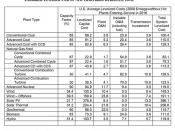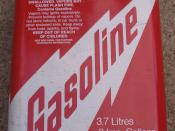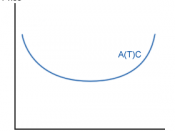Case 18-2: California Creamery* [1: * This teaching note was written by Kenneth A. Merchant.]
Note: This case is new for the Twelfth Edition.
Purpose of Case
This case provides a simple setting that illustrates activity-based cost (ABC) principles and the effects that such a system can have. It can be used as an exam case when the examination period is short. Students who understand ABC principles well can read the case and answer a basic set of questions in one hour.
Suggested Assignment Questions
Compute the full production cost (per gallon) of the Polynesian Fantasy and Vanilla products using:
Will's old costing method;
The new costing method (Louise's suggestion).
What are the effects, if any, of changing the company's costing method? Specifically, are the differences between the two costing methods material in terms of:
their effect on individual product costs?
their effect on total company profits? (Assume no changes in any operating decisions, such as prices and production volumes.)
If there are material differences, why do they exist? If there are no material differences, why do they not exist?
What should Will do now? Explain.
Question 1
Under the old system, the only difference shown between the costs of Polynesian Fantasy and Vanilla ice creams was due to the $.20 difference in direct material costs (see Table 1). The overhead rate was 200% of direct labor dollars ($600,000 ÷ $300,000).
Table 1
Old System Costs
Polynesian Fantasy | Vanilla | |||
DM | 2.00 | 1.80 | ||
DL | 1.20 | 1.20 | ||
OH | 2.40 | 1.20 * 200% | 2.40 | 1.20 * 200% |
5.60 | 5.40 | |||
The new system costs took some calculating. Table 2 shows the calculation of the cost driver rates. Table 3 uses these rates to calculate the product costs. The total costs for Polynesian Fantasy and Vanilla are $9.07 and $4.64 respectively.
Table 2
New System-...


